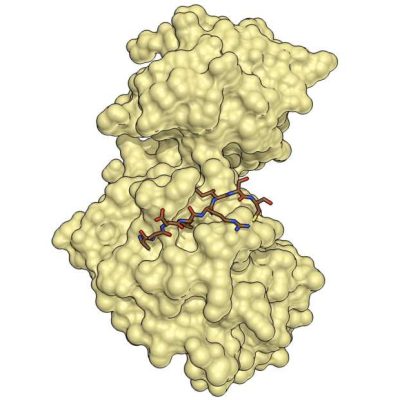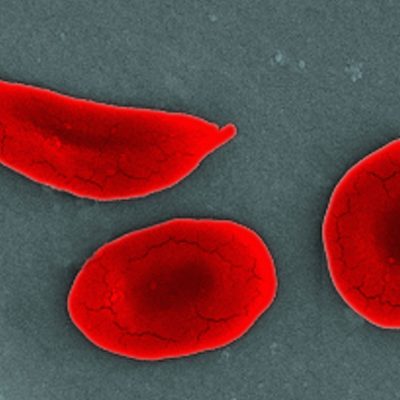In a breakthrough discovery, a Canadian research team has identified a gene mutation that is the direct cause of multiple sclerosis (MS), a neurological disease that affects around two million people worldwide. MS causes disruptions in the flow of information between the brain and body, and is characterized by relapses that are currently incurable. However, the discovery of the NR1H3 gene mutation by researchers at the University of British Columbia in Vancouver could pave the way for new therapies that target the underlying causes of the disease.
The research team analyzed 4,400 samples from MS patients and 8,600 samples from their relatives, and identified a family in which five people across two generations were affected by the disease. Sequencing their gene samples led to the discovery of the NR1H3 mutation, which affects the production of the LXRA protein that activates other genes responsible for regulating inflammation, protecting myelin, and regulating the immune system. While the mutation is only present in around 1 in 1,000 MS patients, the researchers believe that the discovery has the potential to lead to new therapies that target the underlying causes of the disease.
Carles Vilarno-Güell, the lead researcher on the study, emphasized that the discovery is a significant step forward in understanding the biological processes that lead to MS. He also noted that the mutation could be a key target for developing new therapies that go beyond treating the symptoms of the disease. While the mutation is only responsible for around 10-15% of MS cases, the researchers believe that the discovery could lead to new treatments that help all MS patients, regardless of whether they carry the mutation or not.
Overall, the discovery of the NR1H3 gene mutation is a significant breakthrough in the field of MS research, and could lead to new therapies that target the underlying causes of the disease. While the mutation is only present in a small percentage of MS patients, the researchers believe that the discovery has the potential to help all MS patients, and could pave the way for new treatments that go beyond treating the symptoms of the disease.










